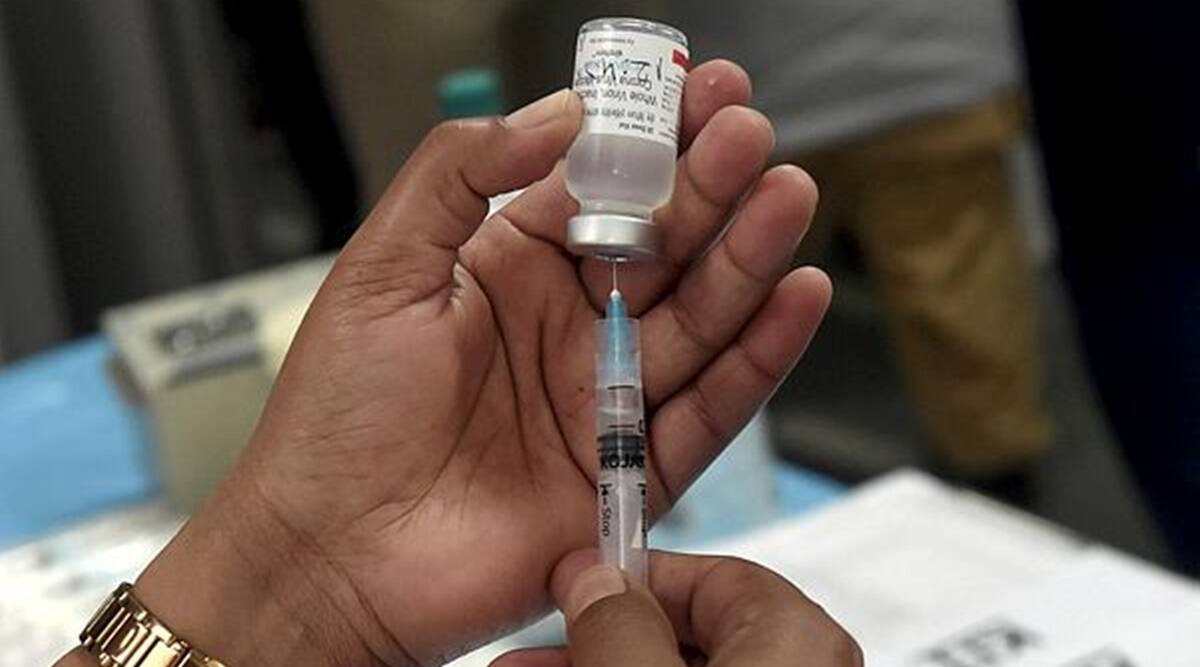 At present, in most states, if not all, there is no significant prioritisation of vaccination of persons in the 18-45 age group.
At present, in most states, if not all, there is no significant prioritisation of vaccination of persons in the 18-45 age group. Faced with constraints on vaccine supply, India needs to urgently adopt a targeted vaccination strategy to avoid a possible third wave of Covid-19 infections. There has already been a lot of discussion on improving vaccine supply. However, there is a need to find ways to better utilise the existing supply. Faced with limited resources in any situation, optimal utilisation of the scarce resource has to be a key strategy.
At present, in most states, if not all, there is no significant prioritisation of vaccination of persons in the 18-45 age group. In the absence of any specific targeting or prioritisation, those with smartphones, better internet connectivity and who are more perseverant in trying to book slots are getting priority. This is certainly neither an intended nor a desirable policy objective. It has created unintended inequity in the administration of vaccines. The inequity has been further exacerbated by drive-through vaccination centres in some cities. Vehicle owners being prioritised is, perhaps, the last thing a public health specialist would recommend.
The primary goal of the vaccination programme should be to tame the virus, control the spread of infection and save lives. Presently, the public discourse is centred mainly around the number of people vaccinated and the percentage of population covered. There is an urgent need to change this. How many people have been vaccinated is important, but who those people are is equally important.
The 45-plus age group has been the target group since April 1, and, rightly so, as there is credible evidence to show higher mortality in this group. This is an evidence-based policy decision which is likely to help significantly reduce deaths in case there is a third wave. However, a major policy gap is observed in inoculating the 18-45 age group.
After the latest announcement by the Prime Minister, the procurement of vaccines has again been centralised. This was a much-needed course correction. In its subsequent advisory, the Union Health Ministry has explicitly authorised state governments to devise state-level prioritisation policies within the 18-45 age group. It is imperative that state governments urgently utilise this option. A policy that targets certain high-risk groups within the 18-45 age group is the need of the hour.
Broadly speaking, the population in the 18-45 age group can be divided into three categories. Category A comprises people who have already caught Covid-19 and have developed antibodies. Category B includes those who have not yet been infected. Within this group, there is a small subset of high-risk groups and potential super-spreaders which we can call Category C. The third category includes street vendors, auto-rickshaw drivers, milk and vegetable vendors, newspaper vendors, journalists, restaurant workers, fuel-pump attendants, delivery boys, shopkeepers and others. They are those who interact with many on a daily basis. They are more likely to get infected than others, and are also more likely to infect others. Priority should also be given to persons with comorbidities within the 18-45 age group. This will further help in reducing the number of deaths. While a few states have taken some initiatives in this aspect, it would be desirable that the central government issues a detailed advisory on this.
The present vaccination strategy in several states, by design or default, is focused more on urban centres, especially for the 18-45 age group. Though the Government of India has advised that infected persons should defer being vaccinated for three months after recovery, implementation of this policy on the ground may not be happening to the desired extent. Additionally, there is the issue of a large number of people, especially in big cities, who would have been infected by the virus, but are not aware about it. Thus, probably, a large percentage of jabs are going to people who already have antibodies.
From a public health perspective, a vaccine going to a Category A person is akin to a waste of vaccines at this juncture. A vaccine going to a Category B person ahead of a Category C person leads to sub-optimal utilisation of a scarce resource.
It makes eminent sense to target high-risk groups and potential super-spreaders for vaccination. This should not be delayed any longer on account of perceived implementation challenges, which are certainly not insurmountable. Targeted vaccinations will also enable a faster resumption of economic activities and will reduce the stress on economically vulnerable groups.
The shortage of vaccines is a reality. We can argue endlessly whether things could have been done differently because everyone is wiser with the benefit of hindsight. However, that should not make us lose sight of the situation we are currently in. We should focus on choosing the best course of action from here on. If we have a third wave, in all likelihood, we would not have vaccinated enough people by then to achieve herd immunity. What will matter at that point of time is who did we vaccinate with the limited supply we had. A brute force method has to make way for a policy which is more imaginative and intelligent — even if it is less popular.
The central government has already permitted on-the-spot registrations. State governments now need to take the initiative and plan for targeted and prioritised vaccinations of high-risk groups and potential super-spreaders. This has to be done through a combination of explicit policy as well as better venue selection for conducting the sessions.
The writer is an IAS officer. Views are personal
- The Indian Express website has been rated GREEN for its credibility and trustworthiness by Newsguard, a global service that rates news sources for their journalistic standards.

